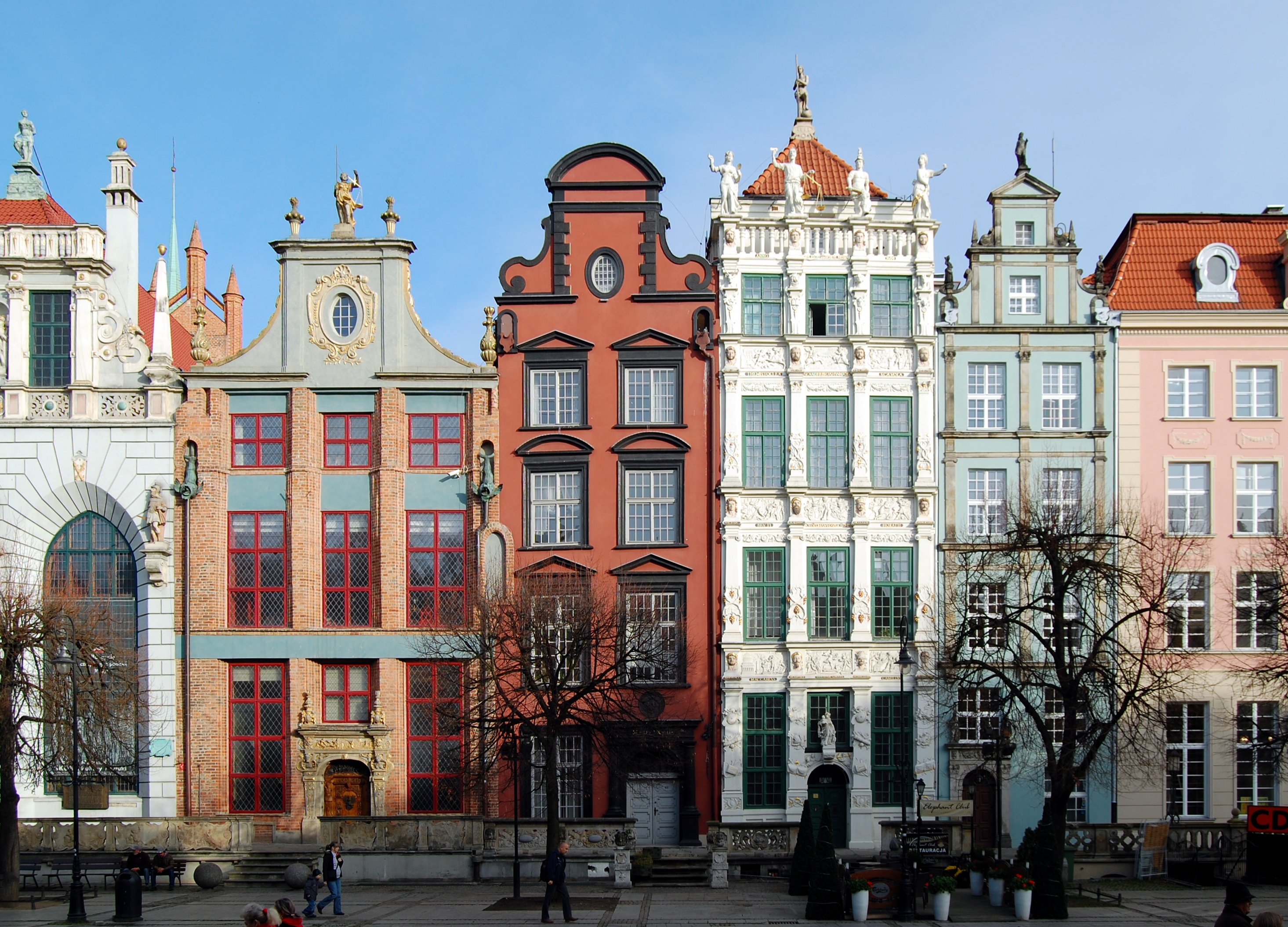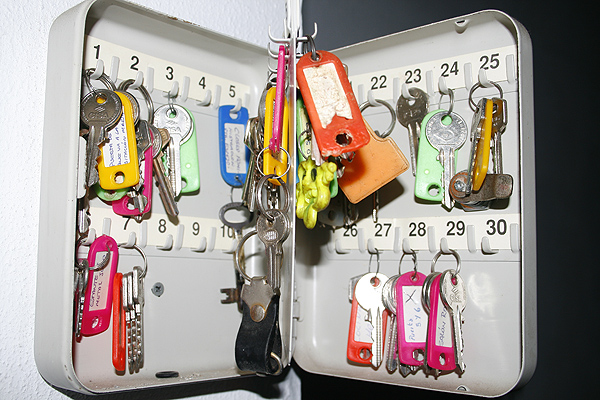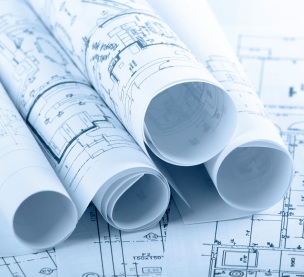Beyond Cookie Cutter: The Benefits of Full Customization in Your MDU Design Phase
The phrase “one size fits all” can be both a positive and a negative. It’s a positive when you’re shopping for hats for a lot of people, or ordering shirts for an office party. It allows you to avoid mistakes and not hurt people’s feelings. What it doesn’t allow for is individuality. When shopping for your own hat, you want something that fits your head, not just heads in general.
For a long time, a lot of American industries followed the one-size fits all program, and it made sense: a standard design that could be used anywhere, not quite prefabricated homes but not that far off either (not that there is anything wrong with pre-fab homes; they helped a lot of WWII vets settle into peaceful lives). There was even a derisory term for this style of construction: McMansions, where everything looked the same. And while these were never as bad as people tried to make them seem–after all, what’s wrong with affordable luxury?–now people are clamoring for something new and distinct in their properties, especially if they live in an MDU. They don’t want it to be the same as everything else.

People are looking for townhouses and other MDUs with character and style–but you need to know how to build them right. Image from wikimedia.org







